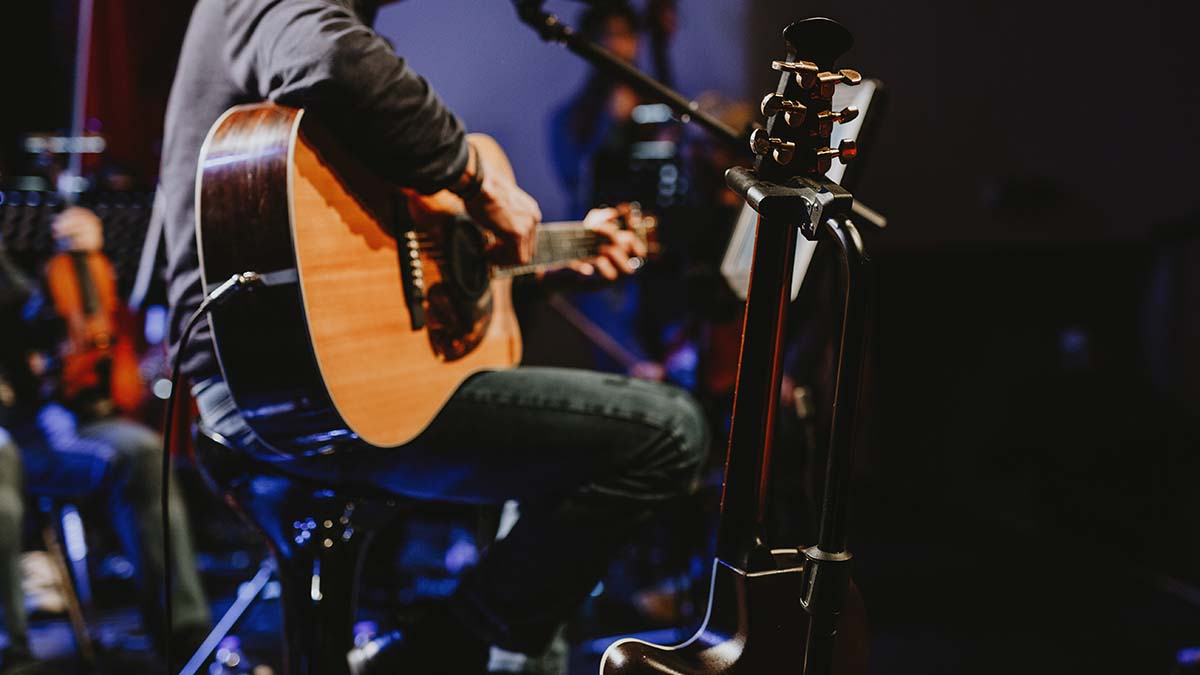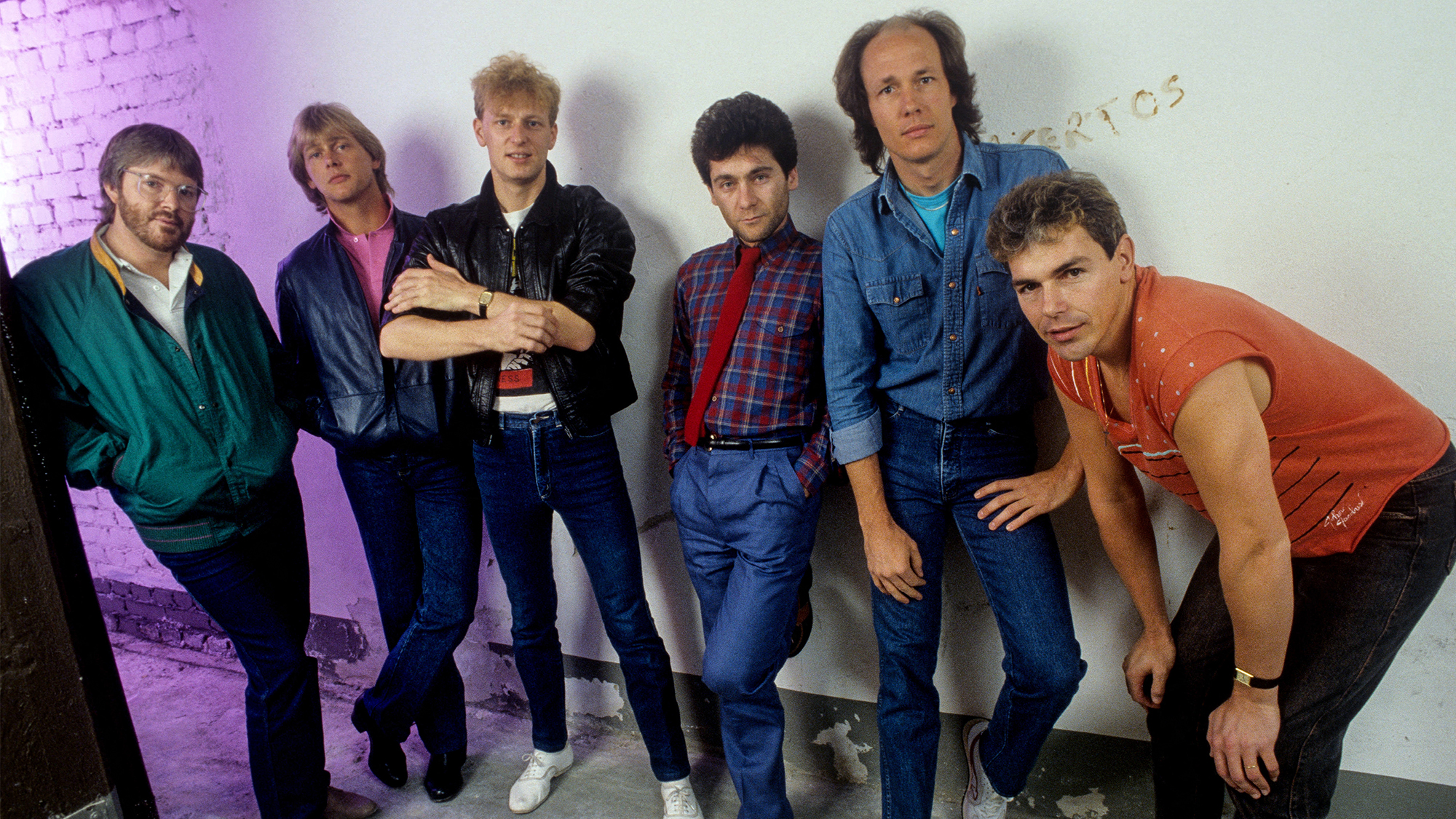Stageworthy Strategies, Part 2: Understanding Acoustic Preamps, D.I.s and Digital Enhancers
Gigs are back and it's time to get your acoustic guitar setup ready for the stage.

Live gigs are suddenly coming back, and lots of players who’ve stripped down their sound during the pandemic are seeking ways to translate it faithfully to the stage. Last time we looked at saddling up an acoustic workhorse. This month, we’ll talk about how to assemble a stage-worthy signal chain.
The rig can be as simple as a direct box or as complicated as NASA’s Mars Perseverance Mission. Your own dedicated acoustic amplifier is the most reliable companion, but let’s back burner it for the sake of this discussion, since it represents the end of the signal chain, and you may not be able to use it for every gig.
It all starts with a pickup, and since we addressed the pros and cons of piezos and magnetics in the March issue, this column will delve into the mystery of preamps, direct boxes and digital enhancers before moving onward.
Preamp Primer
Preamps are key to fantastic acoustic-electric tone. The ubiquitous piezo bridge pickup’s weak signal requires a preamp just to achieve line level, and most modern acoustic-electrics come with at least a basic onboard preamp. If your guitar uses a battery and has any controls, that’s the preamp. The higher the quality of the pickup and preamp, the better that simple setup will sound.
Adding an external preamp is the next step up, and it’s often the reason why a player achieves a robust tone that comes across more smooth and sculpted compared to another player that simply plugs into the venue’s beat-up direct box.
Simply bringing a high-quality passive direct box such as a Radial JDI with its nice Jensen transformer will mitigate piezo quack and add harmonic content. Every acoustic guitar amp has a preamp section, but even if you’ve got a pretty good onboard guitar preamp and another in the amp, your tone can benefit from being bolstered and sculpted along the signal chain.
If your onboard electronics aren’t top shelf or you’re not going to employ an amp, then a good external preamp can make all the difference in the world for achieving consistent sonic quality.
All the latest guitar news, interviews, lessons, reviews, deals and more, direct to your inbox!
Trampled Under Foot

As manufacturers continue the trend toward stealth electronics for guitar, it naturally follows that there’s more tweaking left to do on the floor.
The Pigtronix Bob Weir’s Real Deal acoustic preamp is a tweaker’s delight built on a small platform. Larger compound direct box features are likely to include a low-noise preamp with multiple gain structure, fine equalization and anti-feedback options, flexible I/O and perhaps compression. Think of it like a channel strip for the stage.
See our review of Radial’s dual-channel PZ-Pro for an excellent example. The brand-new Orange Acoustic Pedal is essentially a speaker-less amp with a surprisingly full feature set on a relatively small footprint. Fishman and L.R. Baggs offer floor models, from straightforward to fancy, and both have been advancing acoustic electronics in the digital era.
Dig Into Digital Enhancement
Fishman changed the D.I. game in 2004 with Aura imaging technology, which the manufacturer eventually integrated into everything from compound floor units to single stomp boxes to onboard guitar systems.
The basic idea was to make a piezo pickup approximate a mic’d-up acoustic. The core technology is built on Impulse Response measurements, and the same stuff went on to be used in the Kemper Profiler amp and Audio Sprockets’ ToneDexter pedal.
Its customization options are awesome but require access to a studio with good mics to reach full potential. Baggs recently introduced the Voiceprint pedal, which democratizes customization via an iPhone app that uses its onboard mic for mapping, and its powerful processor to evaluate acoustic guitar properties compared to the pickup signal.
The app renders a custom filter, which it then sends to the pedal paired with Bluetooth. Look for a review in the next issue. The bottom line for all acoustic electronics is sonic integrity and sculptability. It’s imperative to have a handle on one’s core tone before further processing. We’ll dig deep into effects and amps next on our way to post-pandemic stage-worthiness.
Further reading...
Jimmy Leslie is the former editor of Gig magazine and has more than 20 years of experience writing stories and coordinating GP Presents events for Guitar Player including the past decade acting as Frets acoustic editor. He’s worked with myriad guitar greats spanning generations and styles including Carlos Santana, Jack White, Samantha Fish, Leo Kottke, Tommy Emmanuel, Kaki King and Julian Lage. Jimmy has a side hustle serving as soundtrack sensei at the cruising lifestyle publication Latitudes and Attitudes. See Leslie’s many Guitar Player- and Frets-related videos on his YouTube channel, dig his Allman Brothers tribute at allmondbrothers.com, and check out his acoustic/electric modern classic rock artistry at at spirithustler.com. Visit the hub of his many adventures at jimmyleslie.com
